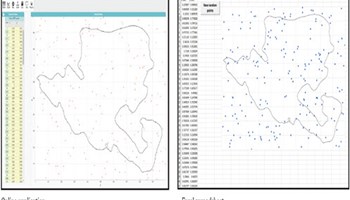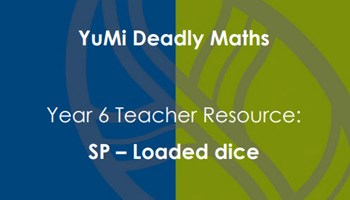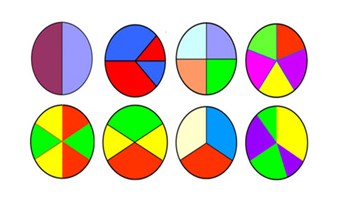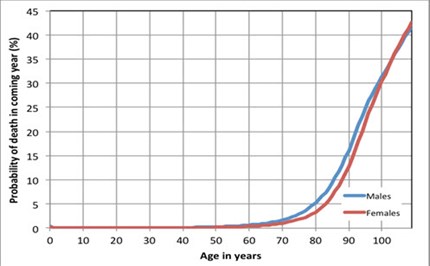reSolve: Mathematical modelling – How risky is life?
In this unit of work, students explore the risks of dying unexpectedly from various causes. They start from their own fears and, by comparing them with Australian Bureau of Statistics data, recognise that these are often unfounded and sometimes driven by the media. Students learn how to calculate the risks involved for various activities and how these are related to the base risk of death for people of different ages and genders. The emphasis is on order-of-magnitude comparisons, reflecting the various kinds of variation in risk level between individuals and over time.
Additional details |
|
| Year level(s) | Year 9 |
|---|---|
| Audience | Teacher |
| Purpose | Teaching resource |
| Teaching strategies and pedagogical approaches | Mathematics investigation |
| Keywords | risk, modelling, statistical frequency, variables |
Curriculum alignment |
|
| Curriculum connections | Numeracy |
| Strand and focus | Probability, Statistics, Number, Build understanding, Apply understanding |
| Topics | Chance and probability, Data representation and interpretation |
| AC: Mathematics (V9.0) content descriptions |
AC9M9ST03
Represent the distribution of multiple data sets for numerical variables using comparative representations; compare data distributions with consideration of centre, spread and shape, and the effect of outliers on these measures
AC9M9P02
Calculate relative frequencies from given or collected data to estimate probabilities of events involving "and", inclusive "or" and exclusive "or"
AC9M9ST05
Plan and conduct statistical investigations involving the collection and analysis of different kinds of data; report findings and discuss the strength of evidence to support any conclusions?
AC9M9ST05
Plan and conduct statistical investigations involving the collection and analysis of different kinds of data; report findings and discuss the strength of evidence to support any conclusions? |
| Numeracy progression |
Interpreting and representing data (P8)
Understanding chance (P6) |
Copyright details |
|
| Organisation | ReSolve: Maths by Inquiry |
| Copyright | © Australian Government Department of Education, Skills and Employment 2021. Creative Commons BY-NC-SA 4.0. |
Related resources
-

reSolve: Monte Carlo Simulations
A series of inquiry-based lessons explores the Monte Carlo method for using statistical sampling to solve problems.
Resource details -

Statistics and probability: Foundation to Year 9
A guide to teaching about probability and statistics
Resource details -

Loaded dice
Students use different operations to predict favourable results in chance experiments and games. They record their data in different ways and make predictions about chance-related outcomes.
Resource details -

Come in spinner
In small groups students conduct chance experiments. They create, describe and compare their data and discuss the variations in results.
Resource details
